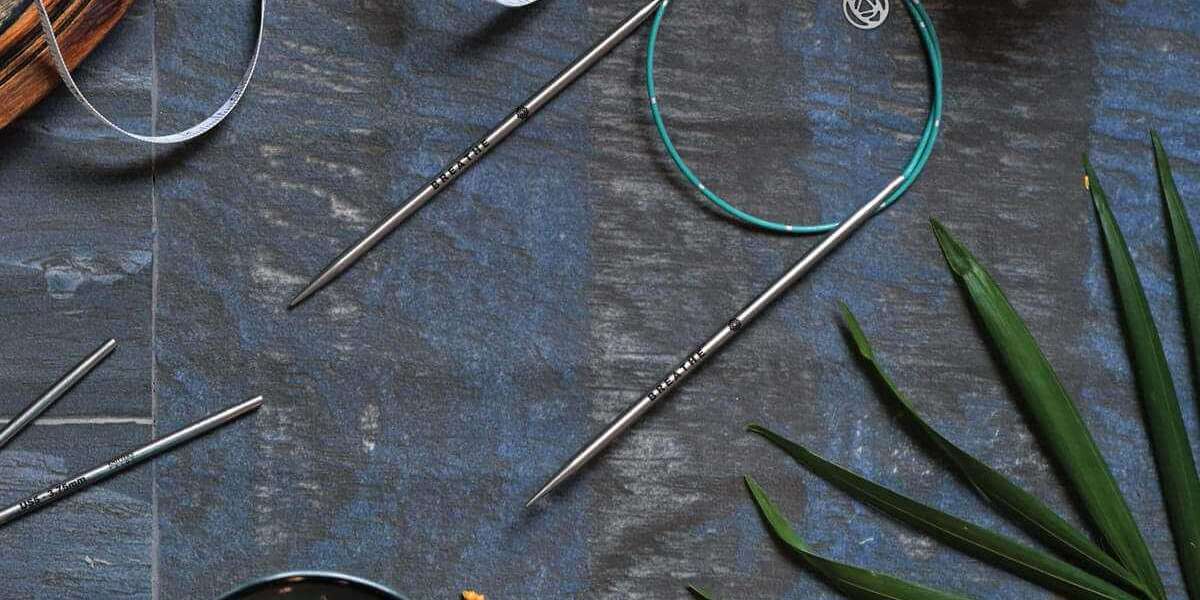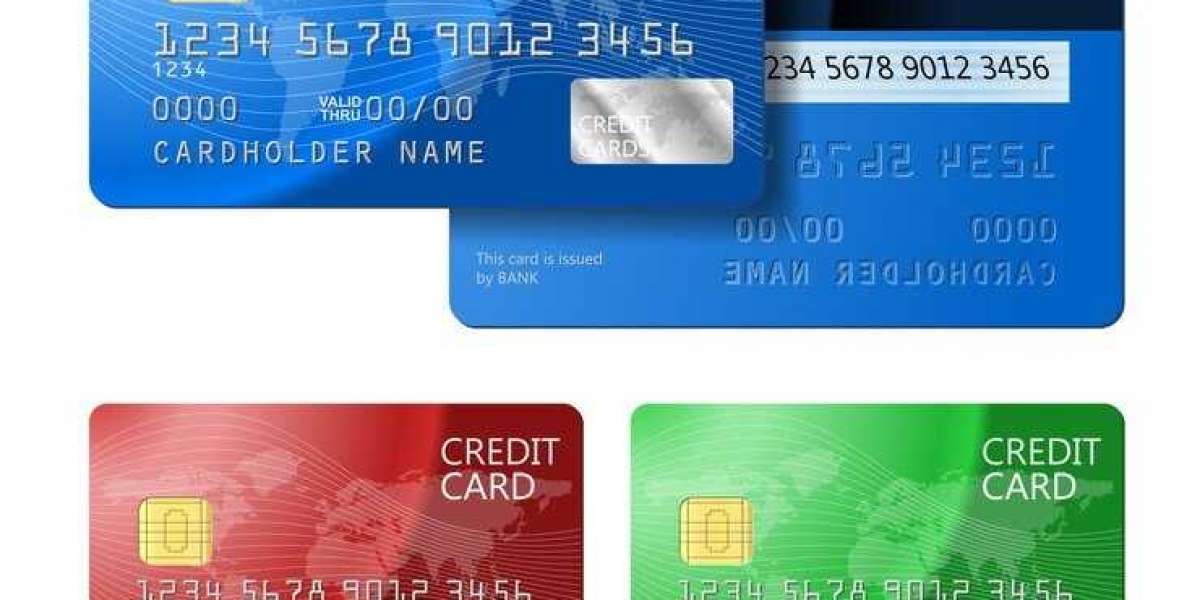Knitting needles are diverse like knitters themselves. Beginners are often overwhelmed with the variety of types, materials, sizes, lengths and when and where to use them. With a pair of straights in the case of circular knitting needles and a set of five in the case of double-pointed needles, you can transform yarn into a knitted fabric for fashion, garments, accessories and almost any project.
Knitting needles are available in options of single-pointed, double-pointed, fixed circulars as well as interchangeable circulars. Double-pointed needles are designed for the purpose of knitting in the round, especially projects of small circumferences such as baby hats, baby socks, etc. Circulars are versatile needles that are ideal for knitting back and forth as well as in the round. There are different factors when it comes to their sizes and lengths. To help you understand, keep reading.
Knitting Needle Sizes
All knitting needle sizes are calculated by their diameter. Say for example a 2mm needle is known as US 0. There is a standard size for all needles. The knitting needle size is very important for the successful completion of a project. Every yarn label mentions the suitable needle size that matches the yarn weight. All patterns where the designer mentions the needle size used for completing the project. Even if you work with the same sizes and still do not get similar results in knitting, you need to go a needle size up or down to get a gauge. The general rule of thumb for knitting needles, is bigger size equals bigger stitches and smaller size equals smaller stitches. It is important to go through instructions carefully as a 5mm needle is very different from a US 5 needle size.
Here’s a quick guide for US sizes.
Sizes 0 -1 - Used for fine yarn weights for projects such as lace and delicate baby socks. New knitters are generally not suggested to work with these sizes.
Sizes 1 to 3 – Used for knitting socks as well as lace patterns, the needle sizes go well with lightweight yarns.
Sizes 3 to 5 – These sizes are ideal for a wide range of projects such as socks, sweaters, baby blankets, etc. They work best with sport-weight and other light yarns but can also work for 4-ply yarns.
Sizes 5 to 7 – Perfectly matching DK and mid-weight yarns, these needles are common in knitting anything from gloves to scarves to sweaters.
Sizes 7 to 9 - Possibly the most popular sizes for new knitters, they are usually used to knit worsted-weight yarns. These sizes work for almost every project such as beginner sweaters, blankets, home décor and more.
Sizes 9 to 11 – The ideal sizes for chunky-weight or bulky yarns, the needles are used for quick-knit projects such as a scarf, blanket, etc. with fabric that works for warm projects. Any type of knitting needle works for bulky yarns but circular knitting needles are the best ones as the cord length often balances the weight of the project.
Sizes 11 to 17 - Available only in odd sizes (11, 13, 15 and 17), these are perfect for working with bulky yarns.
The needle sizes above 17 are also available and they are specially used for the bulkiest yarns.
Knitting Needle lengths
All knitting needles have another factor, their lengths. Straight needles such as single points come in 10 to 14-inch lengths. Double-pointed needles are generally available in 4, 6 and 8-inch lengths. 4-inch lengths work best for baby socks and other fine projects. 6-inch DPNs can be used for socks of all lengths and sizes, hats and sleeves. 8-inch double points are ideal for necklines, bigger sleeves, hats and more. The definition of needle lengths is very different for circular needles, therefore needs a few more details.
Circular Knitting Needle Lengths
Circular knitting needles are actually the handiest of knitting needles serving a wide range of projects. These are basically two straight knitting needle tips joined together by a flexible cord with different lengths. Their needle length is measured from one tip to the other including the cord. The needle tips are generally 4 or 5 inches while the cord range from 9 to almost 47 inches. The fixed circulars have a fixed length while interchangeable circular needles open up a world of options with the choice of changing needle tips as well as cord lengths. Say, you can create a needle that works for knitting socks to the widest blankets and anything in between. An interchangeable circular needle set is much more convenient with the choice of multiple combinations that works for all kinds of projects.
In choosing a knitting needle size and cord length, the application is not only the influencing factor but also your personal preferences.
Happy knitting!
Source: https://fistpal.com/blogs/45352/A-Guide-to-Knitting-Needle-Sizes-and-Lengths







